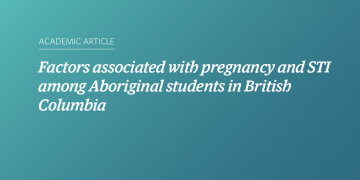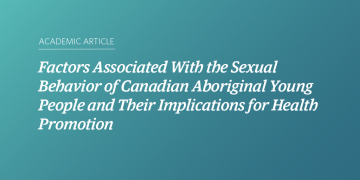Substance Use and Sexual Orientation among East and Southeast Asian Adolescents in Canada
Abstract The purpose of this study was to examine the relationship between substance use and sexual orientation among Asian adolescents in Canada. We analyzed an East- and Southeast-Asian subsample of a province-wide, school-based survey (weighted N = 51,349). Compared to heterosexual adolescents of the same gender, gay, lesbian, bisexual, and mostly heterosexual adolescents were more likely to use […]
Enacted Stigma, Problem Substance Use, and Protective Factors among Asian Sexual Minority Youth in British Columbia
Abstract This study examined enacted stigma and problem substance use among Asian sexual minority youth and the buffering role of protective factors. Logistic regression analyses of a weighted sample of 5,423 Asian youth who completed the 2003 BC Adolescent Health Survey indicated that sexual minority youth were more likely to be victimized compared to heterosexual […]
Is cultural connectedness a protective factor? [abstract]
Purpose: Given growing ethno-cultural diversity, a sense of cultural connection may be a key factor in risk prevention and health promotion for North American youth. We studied the psychometric properties of a cultural connectedness measure and its utility as a protective factor. Methods: Over 29,000 grade 7-12 students from diverse ethnic groups took part in […]
Best Practices for Asking Questions about Sexual Orientation on Surveys
In 2003 the Ford Foundation began funding a multi-year project that sought to increase the quantity and quality of data on gay, lesbian, and bisexual people, and, by extension, on heterosexual people. Over a five-year period, many researchers participated in the expert panel funded by the grant, thus contributing to the knowledge embodied in this […]
Reducing problem substance use in Asian sexual minority and heterosexual youth [abstract]
Purpose: Youth who identify as lesbian, gay, or bisexual (LGB) are at greater risk of being stigmatized compared to heterosexual peers, and are also more likely to report substance use. This study examined the relationship between stigma and problem substance use for Asian LGB and heterosexual youth, generating probability profiles to investigate the role that […]
Factors associated with pregnancy and STI among Aboriginal students in British Columbia
Abstract Background: Aboriginal adolescents are more likely to become pregnant and contract an STI than other Canadian adolescents. This study provides some of the first data on factors associated with these outcomes among Aboriginal adolescents. Methods: A secondary analysis was conducted using 2003 data from a large cross-sectional survey of British Columbia secondary school students. […]
Factors Associated With the Sexual Behavior of Canadian Aboriginal Young People and Their Implications for Health Promotion
Abstract Objectives. We examined factors associated with having ever had sex, having more than 1 lifetime sexual partner, and condom nonuse at last incident of sexual intercourse among Canadian Aboriginal young people. Methods. We conducted a secondary analysis of data from the 2003 British Columbia Adolescent Health Survey, a cross-sectional survey of young people in grades 7 […]
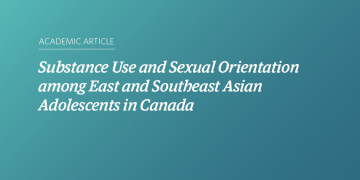
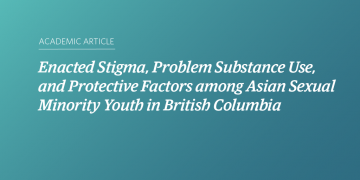
![Teal and blue gradient background with white text that says “Is cultural connectedness a protective factor? [abstract]”](https://www.saravyc.ubc.ca/files/2010/08/Is-cultural-connectedness-a-protective-factor-abstract_Twitter-360x180.png)
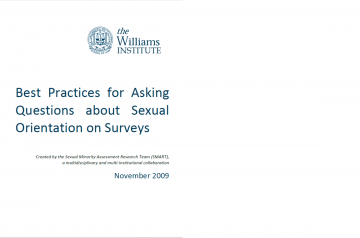
![Teal and blue gradient background with white text that says “Reducing problem substance use in Asian sexual minority and heterosexual youth [abstract]”](https://www.saravyc.ubc.ca/files/2009/08/Reducing-problem-substance-use-in-Asian-sexual-minority-and-heterosexual-youth-abstract_Twitter-360x180.png)
